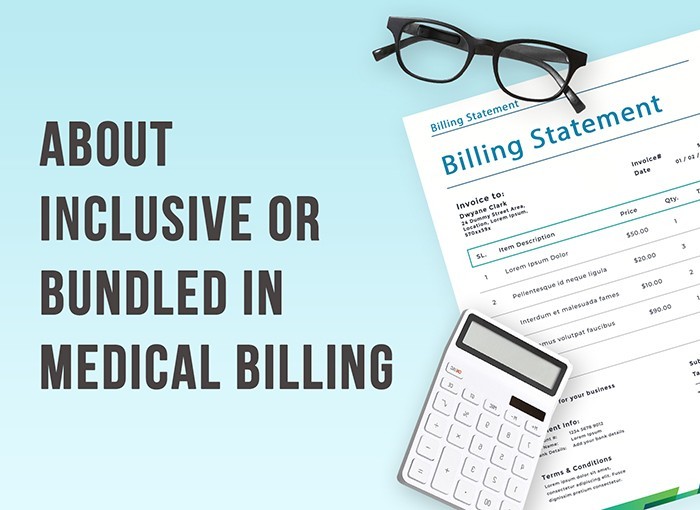What is bundled in medical billing ?
In the field of medical billing the process of linking some services under a code is known as bundling. The design of bundled payments was conceived to facilitate payment for multiple providers who were engaged in providing care during the treatment period. Under this model all healthcare facilities or providers are remunerated a single payment for all the services performed in a particular course of care. For example : If the patient underwent surgery, traditionally the departments involved in the course of treatment are paid separately. For instance, if in the care : surgeon, anesthesiologist and other general hospital staff is involved the payer will give a set price that is based on historical costs instead of paying each service provider separately.
The challenge with this model for healthcare providers is that if they exceed the pre-arranged reimbursement for the episode they have to bear the financial burden of the excess resources spent for the treatment. On the other hand if the cost of the treatment is less, then the providers get to keep the difference.
Moreover, there can be situations where the bundled payment model may be inappropriate as the factors which are largely influencing the price difference are not in the control of the healthcare provider. Another issue is a technological one wherein the healthcare providers do not have advanced technology for comprehensive data collection and reporting.
How can you succeed with bundled billing ?
The key to succeed with bundled billing is to improve provider communication within departments as well as the healthcare organization overall. This can be done by executing effective care coordination which ensures that all treatments meted out to the patients are necessary and are utilizing the resources optimally. Early communication between groups who will be needed for the particular course of treatment or the ones who are setting the same is essential.
Everyone from the early treatment providers to surgeons and post treatment hospital staff need to be on the same page. By ensuring this they will be working on the same lines although at different times. The shared understanding is critical to manage the cost of the entire exercise as a set plan which contains cost break-ups will eliminate use of extra resources that will drive up the cost.
Providers also need to classify patients as per their condition and the cost of their treatment. This can be done by categorizing patients on the basis of their sickness as well as the amount of resources, time, and medication will be needed to treat them. This exercise can be executed well by predicting what the patient’s needs will be throughout the course of treatment after the initial diagnosis and then ensuring that all the right resources are provided for the best outcome.
The use of data analytic tools can also work for healthcare providers as they will be able to analyze both the quality of treatment needed and the cost of care to predict future outcomes which will ensure the right care is provided to each patient in a cost efficient manner.




